Immigration has been a defining factor in the evolution of many UK cities, bringing both opportunities and challenges. Here’s how 15 cities have been transformed, highlighting the progress made, even as we acknowledge the work that remains.
1. London

London, with over 3 million foreign-born residents making up nearly 37% of its population, stands as a prime example of a city thriving on diversity. This cultural mosaic has turned London into a global powerhouse, with its neighbourhoods like Southall and Brick Lane becoming symbols of multicultural success. Critics may highlight issues like housing pressure, but it’s hard to argue against the dynamism and international appeal that immigrants have brought to the capital.
2. Birmingham

Birmingham, where 27% of the population is foreign-born, has been greatly enriched by its immigrant communities from South Asia, the Caribbean, and Eastern Europe. The city’s cultural vibrancy, seen in its food, music, and festivals, is a direct result of this diversity. While some may focus on the challenges of integration, Birmingham’s story is one of resilience and adaptation, with its diverse population playing a key role in the city’s ongoing growth.
3. Manchester

Manchester’s 20% immigrant population has breathed new life into many of its neighbourhoods, with areas like Rusholme’s “Curry Mile” showcasing the city’s rich cultural diversity. The influx of international students and professionals has only added to Manchester’s reputation as a cosmopolitan hub. Critics might point to the pressure on housing and services, but the economic and cultural benefits brought by immigration are clear and substantial.
4. Leicester

Leicester, with 40% of its population being foreign-born, is one of the UK’s most multicultural cities. The city’s vibrant Indian community has turned Leicester into a centre for culture, commerce, and celebration, particularly during events like Diwali. While there are challenges, as in any rapidly changing city, Leicester’s ability to thrive and grow in diversity is a testament to the strength of its communities.
5. Bradford
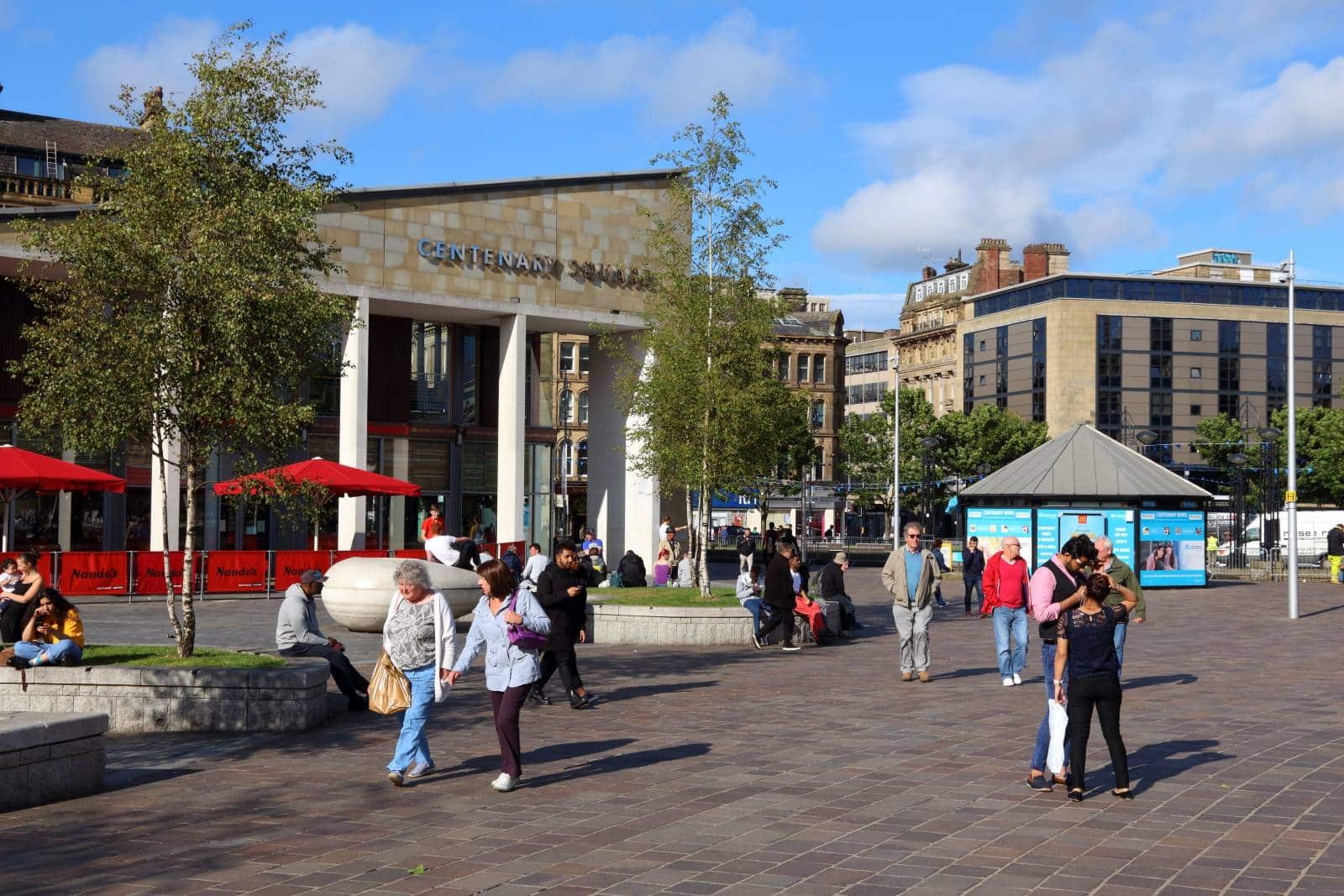
In Bradford, where 25% of the population is foreign-born, immigrant communities have made significant contributions, particularly in the areas of business and culture. The city has become a key centre for South Asian culture in the UK. While there are hurdles to overcome, particularly in terms of economic disparity, Bradford’s immigrant population has been a driving force in the city’s development.
6. Glasgow
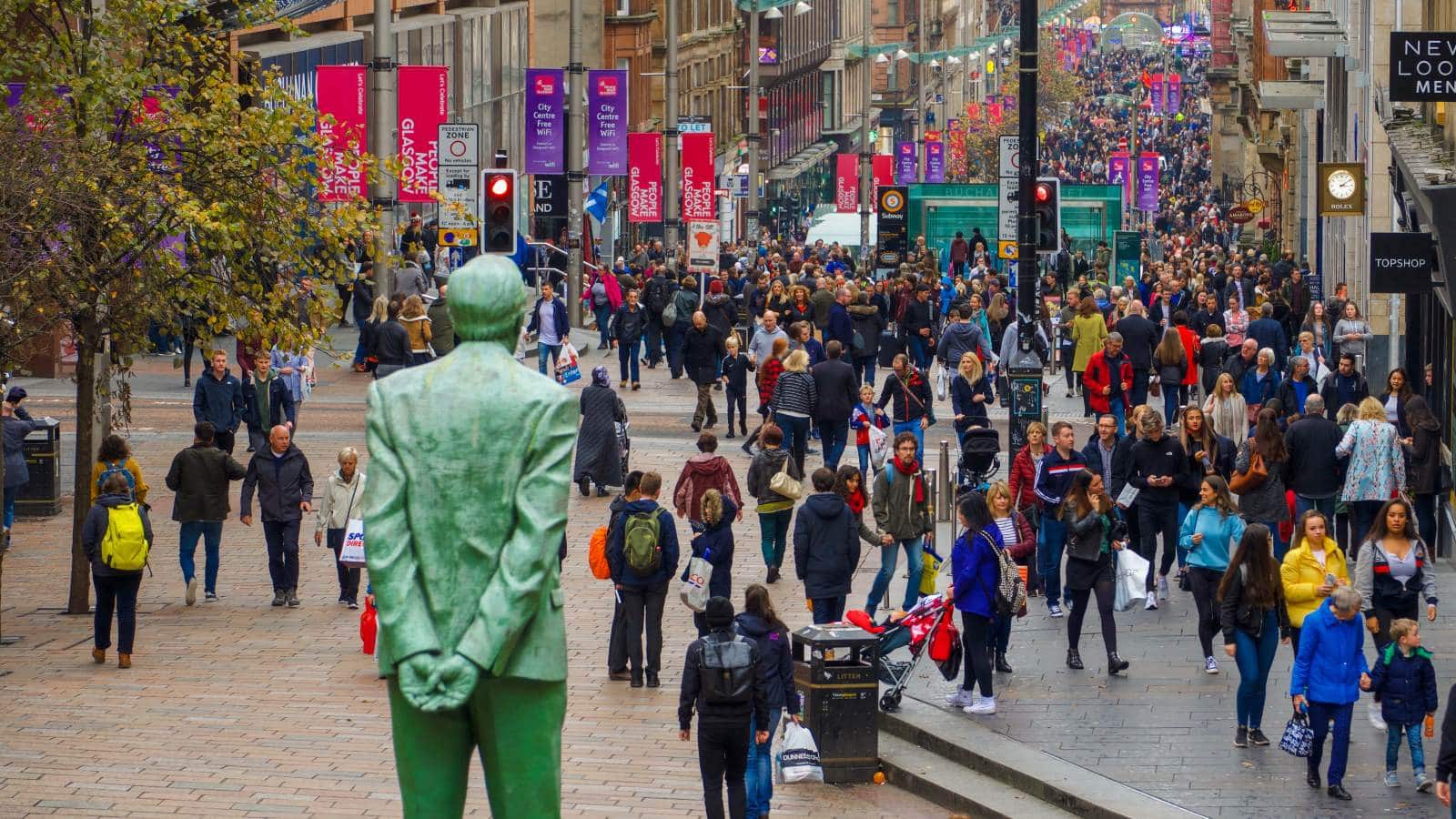
Glasgow, with an immigrant population now around 15%, has embraced diversity, particularly through the arrival of refugees from Syria and Iraq. Areas like Govanhill are emblematic of Glasgow’s multicultural mix. While integration has its challenges, Glasgow’s commitment to supporting new arrivals and building a cohesive community is commendable.
7. Luton
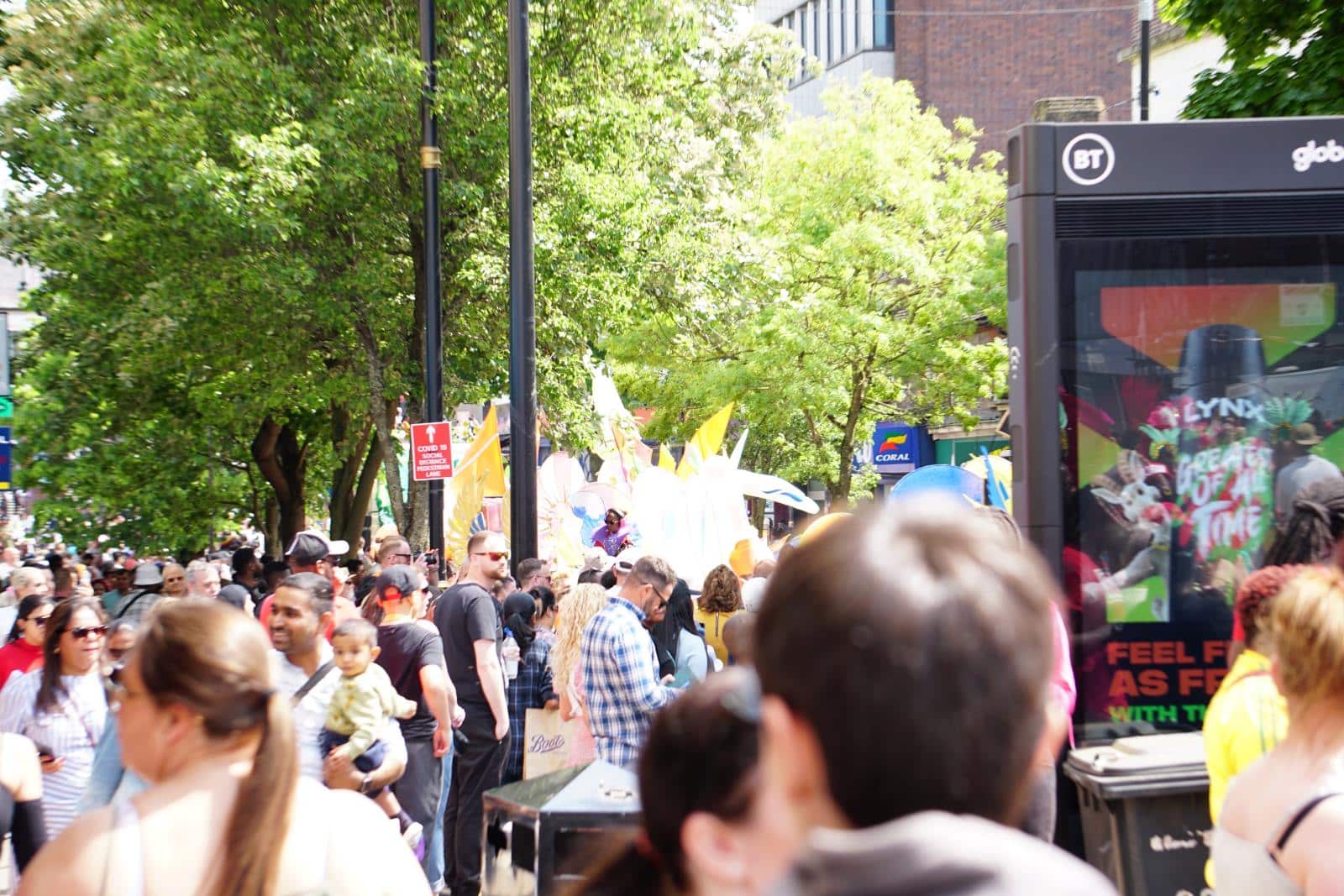
Luton, where 30% of the population is foreign-born, has seen significant economic benefits from its diverse population, particularly in the retail and service sectors. The town’s cultural diversity is reflected in its food, festivals, and community life. Critics may focus on social tensions, but Luton’s ability to harness the potential of its diverse population is a strong counterpoint.
8. Coventry
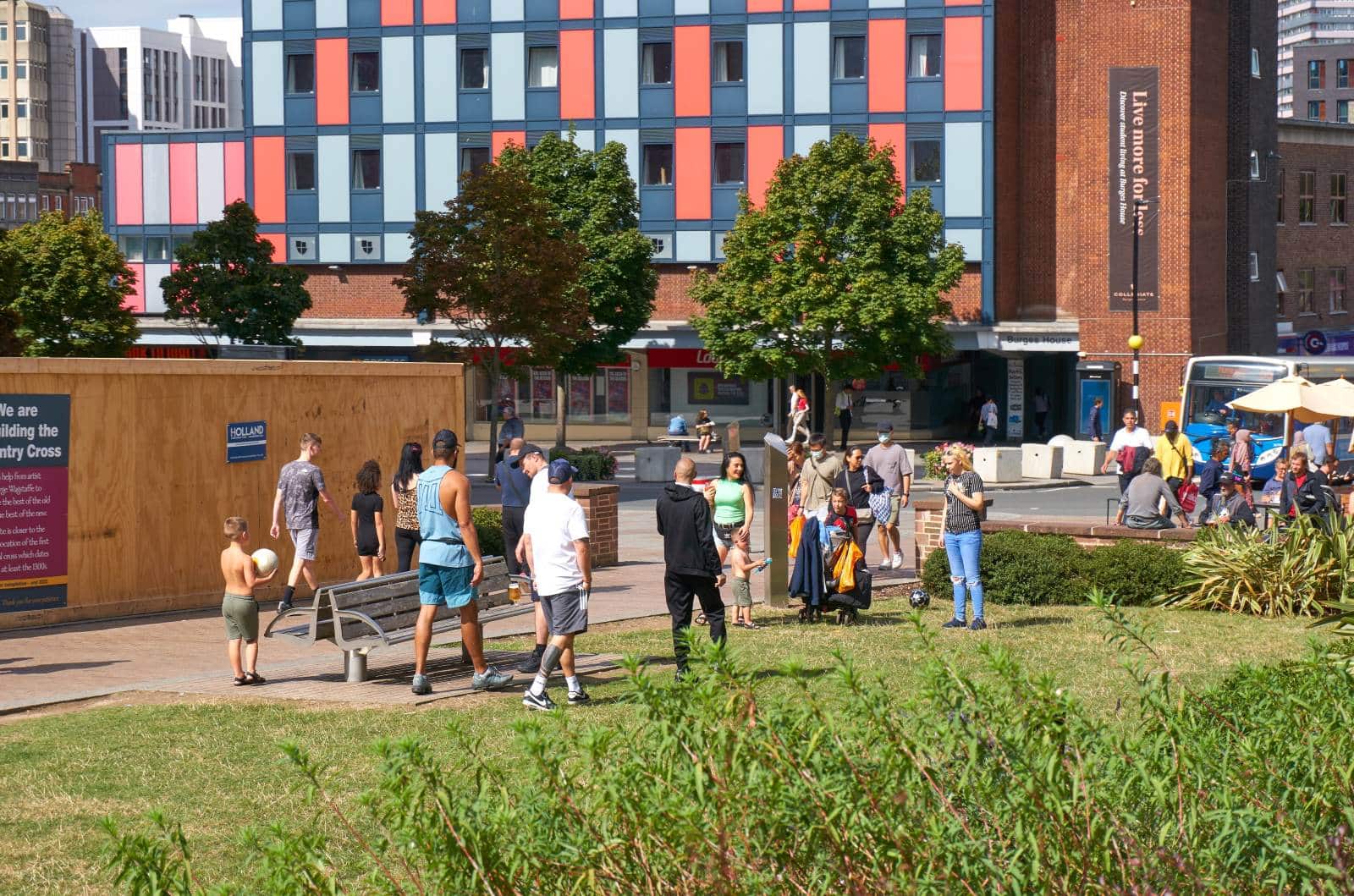
Coventry’s immigrant population, making up about 20% of its residents, has contributed to the city’s economic and cultural vibrancy. The influx of international students and refugees has added new dimensions to Coventry’s character. While the city faces challenges in housing and service provision, its progress in creating an inclusive environment is evident.
9. Slough
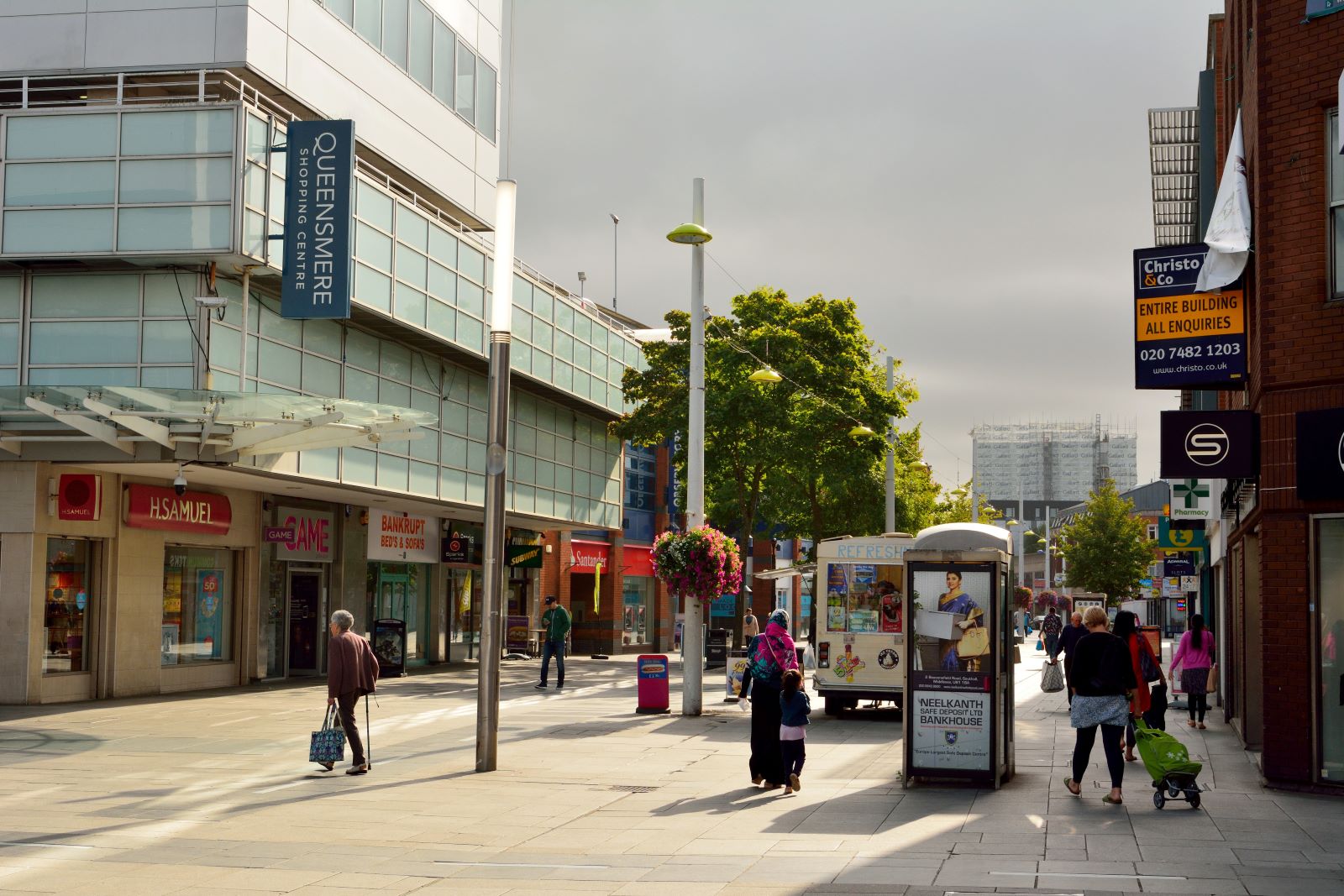
Slough, with 40% of its population born outside the UK, is one of the most diverse areas in the country. This diversity has fuelled the town’s economy, particularly in logistics and manufacturing. While rapid growth has created challenges, Slough’s economic resilience and cultural richness are hard to overlook.
10. Peterborough
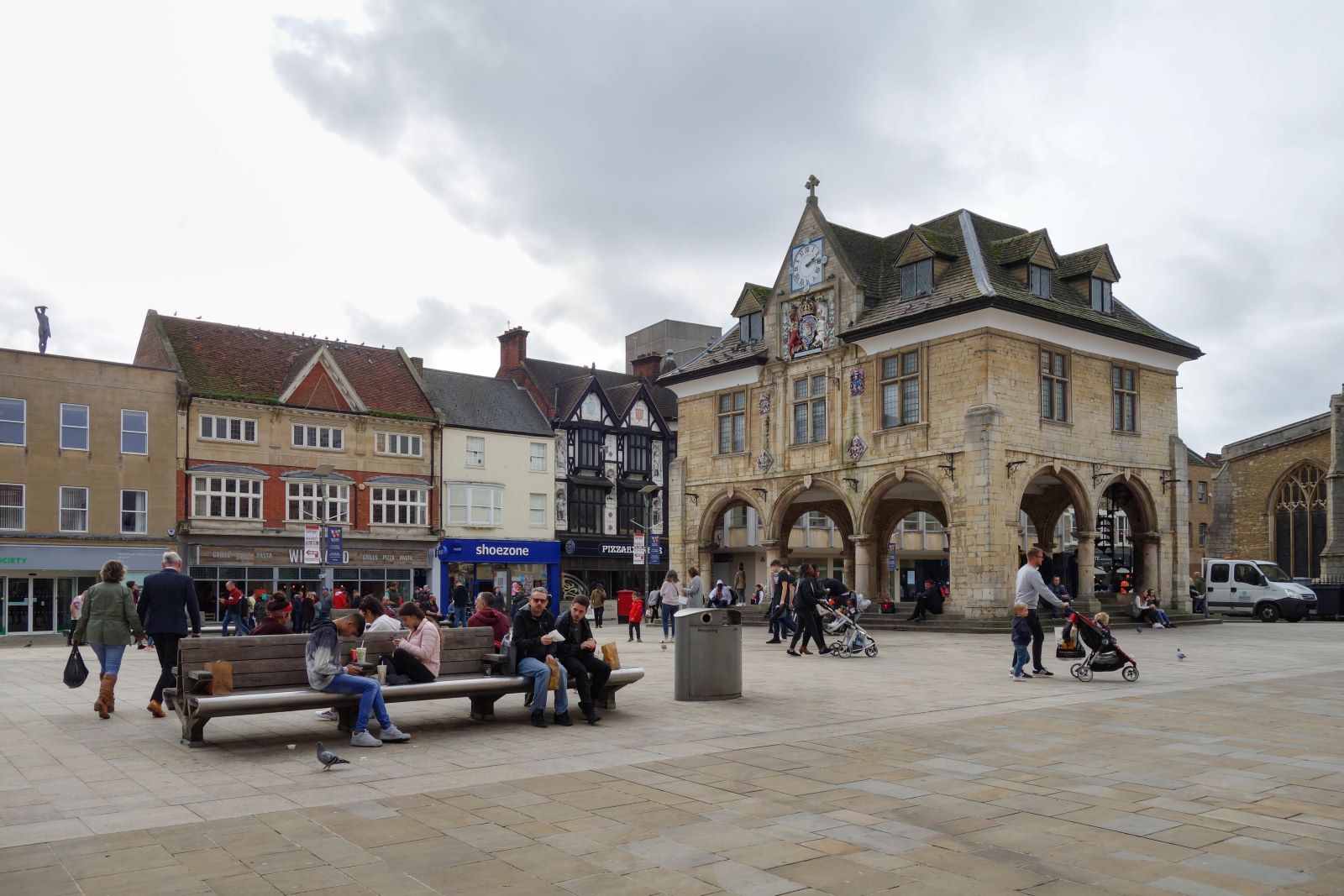
Peterborough’s immigrant population, now about 30%, has played a crucial role in revitalising the local economy, especially in agriculture and manufacturing. While social integration remains a work in progress, the contributions of immigrant communities to Peterborough’s growth are undeniable.
11. Milton Keynes
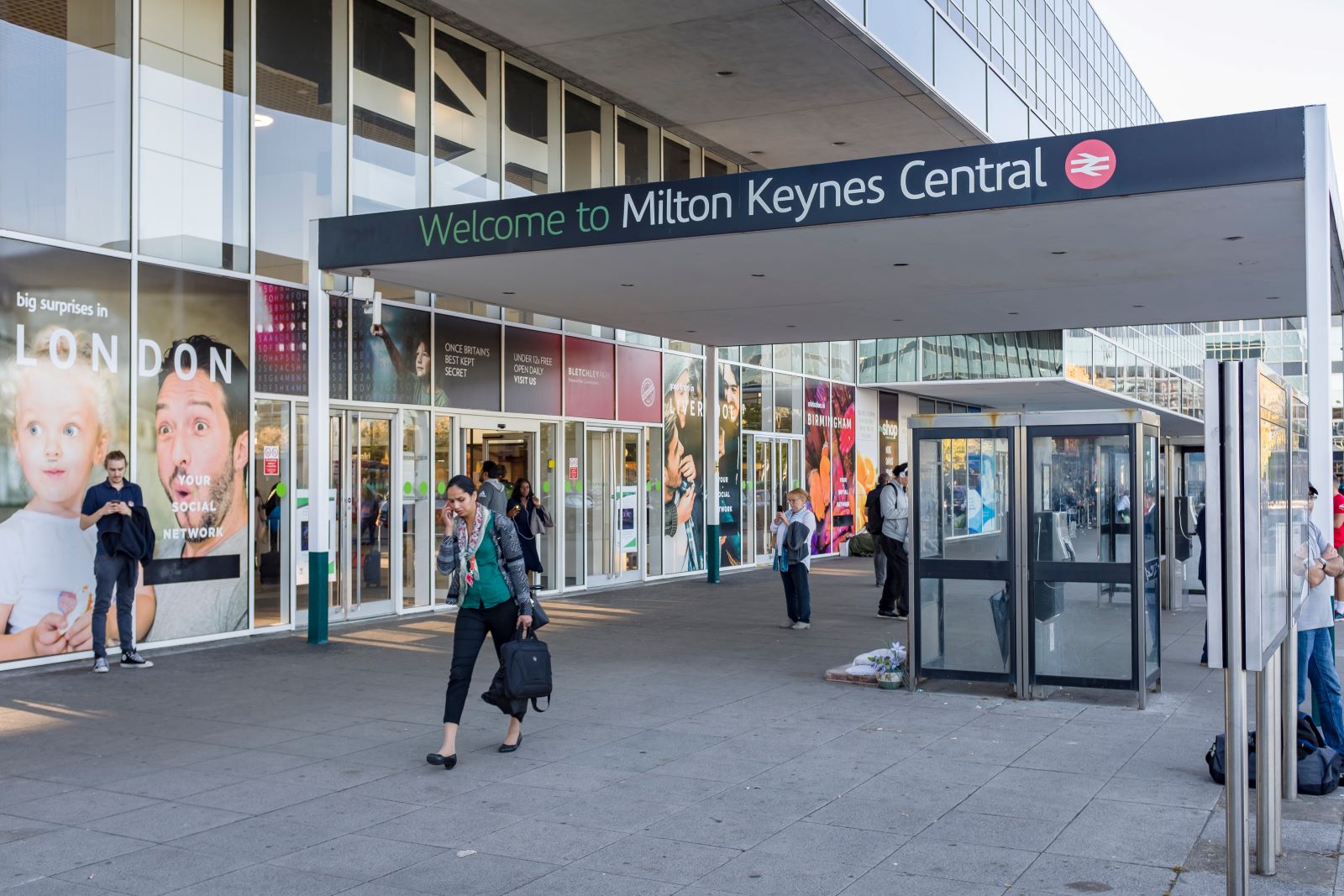
Milton Keynes, where immigrants make up around 25% of the population, has benefited from the skills and labour of its diverse workforce, particularly in the tech and service sectors. The city’s rapid growth has brought challenges, but it’s clear that Milton Keynes’ success story is closely tied to its ability to attract and integrate new residents.
12. Reading
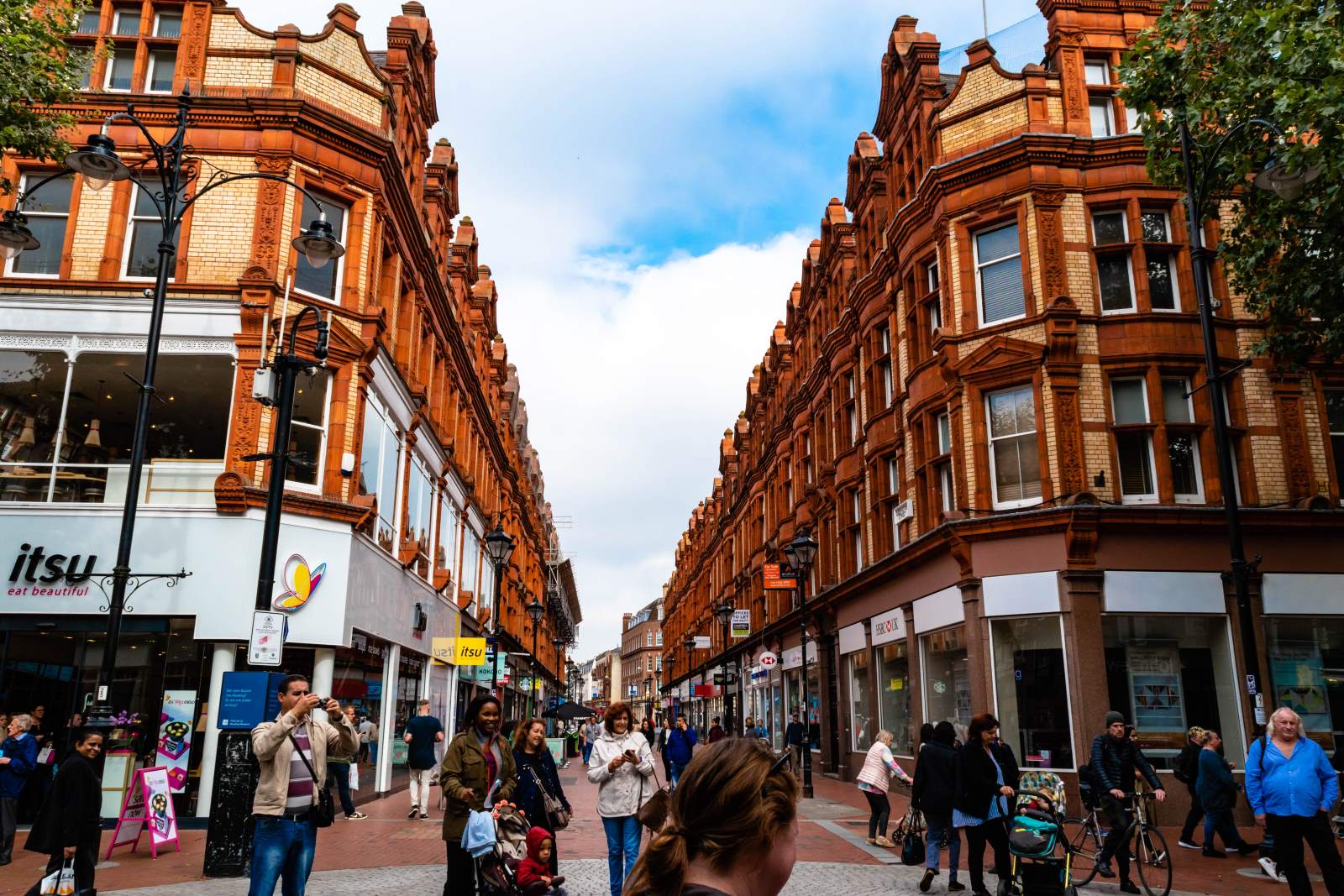
Reading, with a foreign-born population of around 30%, has seen its economy flourish, particularly in tech and business sectors. The town’s diverse workforce has been a key driver of its prosperity. While there are pressures on housing and services, Reading’s ability to thrive in a competitive environment speaks volumes about the positive impact of immigration.
13. Wolverhampton

Wolverhampton, where about 20% of the population is foreign-born, has seen significant contributions from its diverse communities, particularly in retail and small businesses. The city’s cultural landscape is enriched by its immigrant population. While integration challenges exist, Wolverhampton’s progress in building an inclusive community is a sign of its resilience.
14. Oxford

Oxford’s immigrant population, now around 25%, has added to the city’s academic and cultural vibrancy. The influx of international students and professionals has reinforced Oxford’s status as a global city. While housing affordability remains a challenge, the positive contributions of immigrants to Oxford’s intellectual and cultural life are undeniable.
15. Leicester

Leicester’s immigrant population, making up 40% of the city’s residents, has transformed it into one of the UK’s most vibrant cultural centres. The city’s diversity is celebrated through its festivals, food, and strong community ties. While social challenges exist, Leicester’s ability to integrate and celebrate its diverse population is a model for other cities.
A Rich Tapestry of Change

While challenges remain, the positive contributions of immigrant communities far outweigh the difficulties. These cities are richer, more dynamic, and more resilient because of their ability to welcome and integrate new populations. It’s clear that immigration, while complex, is a vital part of the story of modern Britain.
Featured Image Credit: Shutterstock / Albert Pego.
For transparency, this content was partly developed with AI assistance and carefully curated by an experienced editor to be informative and ensure accuracy.

